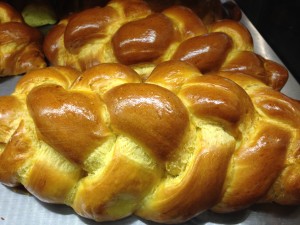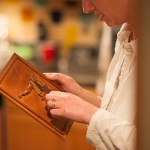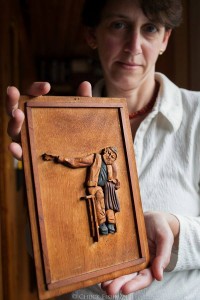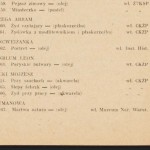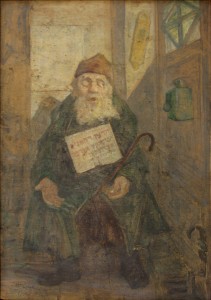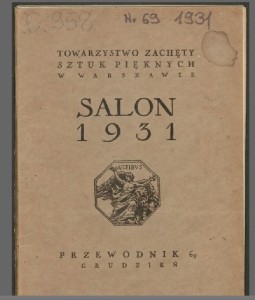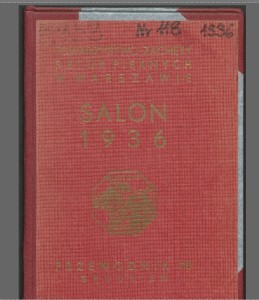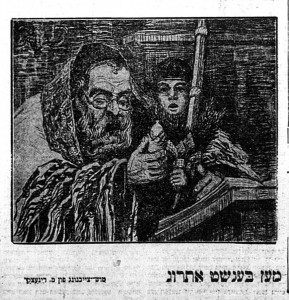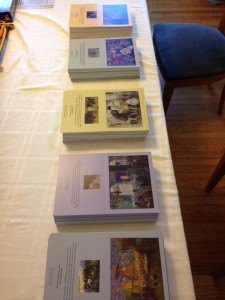I’m excited to announce I’ll be part of the upcoming 8th Annual Art Litigation and Dispute Resolution Practice Institute put on by the New York County Lawyers’ Association (NYCLA). I am part of a panel that will be speaking about challenges heirs face when dealing with Holocaust era looted art issues. It’s an all day event and registration is on NYCLA’s website.
Basic details:
Friday, November 20, 2015, 9:00 AM – 5:00 PM
Member Price: $200
Non-Member Attorney Price: $250
NON-ATTORNEY (NO CLE) MAY REGISTER AS LAW OFFICE STAFF FOR $50

